Houseplants have become a popular way to bring nature into our homes. They add beauty, purify the air, and provide a sense of calm. However, not all houseplants are as easy to care for as they seem. Some beloved plants can be finicky, demanding, or simply not well-suited for the average indoor environment.
If you’re thinking about adding greenery to your home, it’s important to know which plants might require extra effort and whether you’re up for the challenge. Let’s take a closer look at seven houseplants that are often overrated due to their care requirements.
1. Boston Ferns
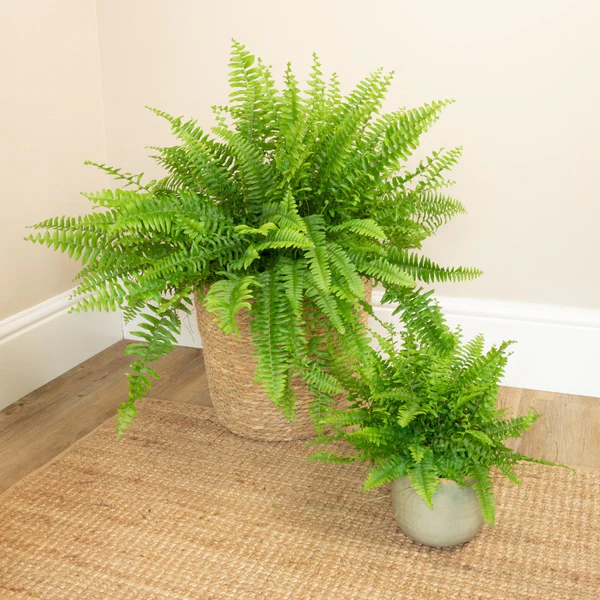
Boston ferns are classic indoor plants with their lush, feathery fronds. While they look stunning, they can be surprisingly high-maintenance. These plants thrive in high humidity and need consistently moist soil. If the air in your home is dry, especially during winter months when heating systems are running, Boston ferns can quickly become stressed.
The leaves of a Boston fern are prone to browning and shedding when the environment isn’t ideal. To keep them happy, you’ll need to mist them frequently, use a humidifier, or place them on a tray of water with pebbles to boost humidity.
They also prefer indirect light, which means too much sunlight can scorch their delicate fronds, and too little light can lead to sparse growth.
Many plant enthusiasts eventually find Boston ferns too demanding, especially if they don’t have the time or tools to maintain the right conditions. If you’re a beginner or looking for a low-maintenance plant, you might want to reconsider bringing this one home.
2. Calatheas

Known for their striking, colorful patterns, calatheas are undeniably eye-catching. However, they’re also known for being divas when it comes to care. These plants are sensitive to water quality, preferring distilled or filtered water to avoid leaf discoloration. Tap water containing chlorine or fluoride can harm them.
Calatheas also need high humidity levels to keep their foliage healthy and vibrant. Without enough moisture in the air, their leaves can develop crispy edges or brown spots. This can be especially frustrating for plant owners who don’t have a naturally humid environment.
In addition, calatheas thrive in bright, indirect light. Too much direct sunlight can bleach their leaves, while too little light can dull their colors and slow their growth.
Keeping a calathea happy requires constant attention to its environment. For many, the effort outweighs the reward, leading to frustration and disappointment.
If you’re not ready to commit to their specific needs, it’s best to admire calatheas from afar.
3. Carnivorous Plants
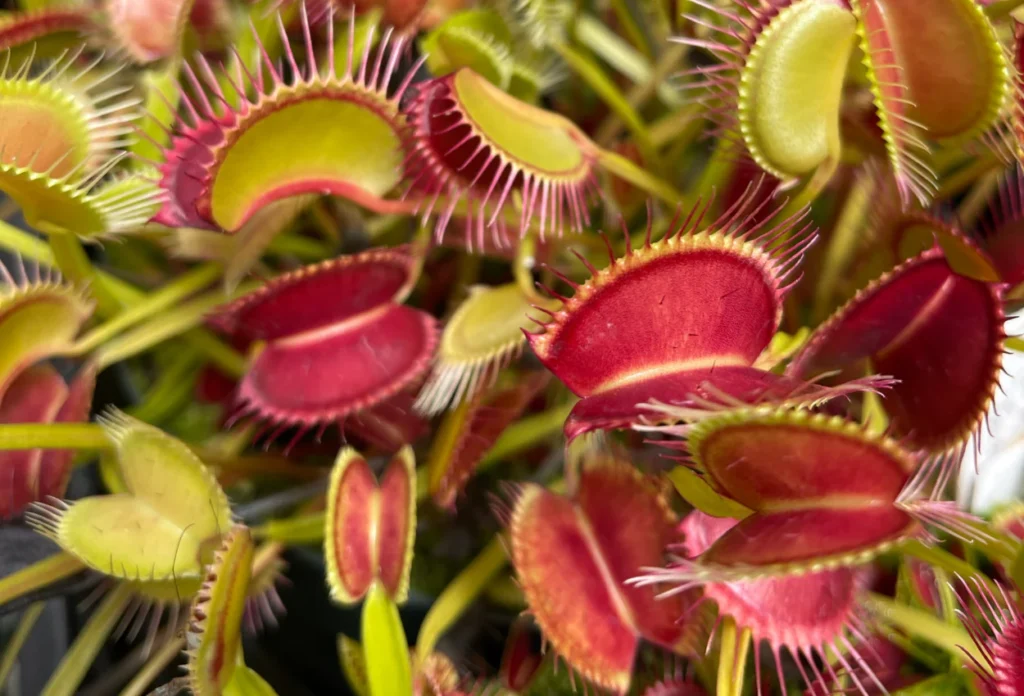
Carnivorous plants, such as Venus flytraps and pitcher plants, are fascinating additions to any plant collection. However, their unique needs make them difficult to maintain indoors.
These plants naturally grow in nutrient-poor, acidic soils and rely on catching insects for sustenance. Recreating these conditions at home can be tricky.
Carnivorous plants require distilled water or rainwater because tap water contains minerals that can harm them. They also need bright, indirect light to thrive.
While they may seem like a good solution for controlling indoor pests, they can’t survive solely on insects in most homes and may require manual feeding.
Additionally, these plants need a consistently moist environment, which can be challenging to achieve without overwatering. Their specialized care needs often make them better suited for experienced gardeners or outdoor settings.
If you’re drawn to their unique look but aren’t prepared for the effort, consider a simpler plant instead.
4. Fiddle Leaf Fig
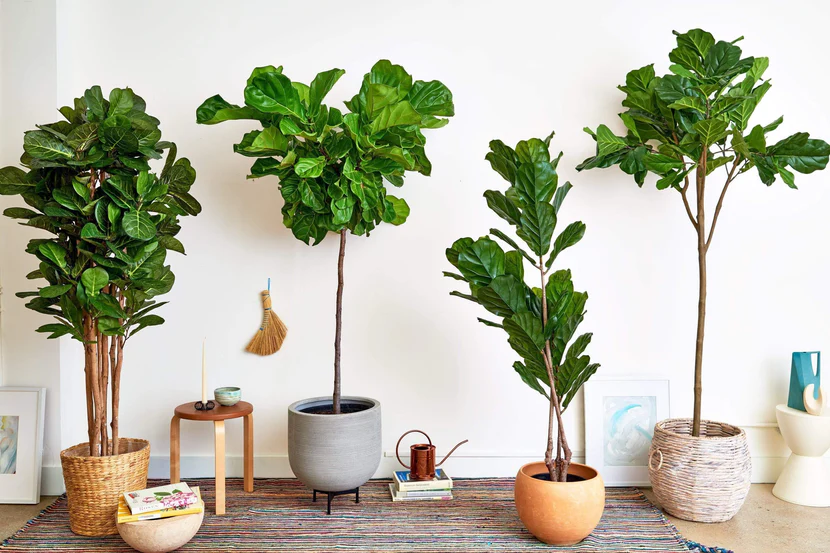
The fiddle leaf fig has become a social media favorite, but its reputation as a statement plant often overshadows its demanding care requirements. These plants are sensitive to changes in their environment, and even small issues can cause their large, glossy leaves to drop.
Fiddle leaf figs need bright, indirect light to thrive. Too much direct sunlight can scorch their leaves, while too little light can cause them to become leggy and weak.
They’re also particular about watering—too much water can lead to root rot, while too little water can cause the leaves to turn brown and fall off.
Temperature and humidity play crucial roles in keeping a fiddle leaf fig healthy. Drafts, sudden temperature changes, or dry air can stress the plant, leading to leaf loss.
They’re also susceptible to pests like spider mites and mealybugs, which can add to their care challenges.
If you’re looking for a dramatic plant that’s easier to care for, consider alternatives like the rubber tree or snake plant.
Related Topics:
5. Pearls and Jade Pothos
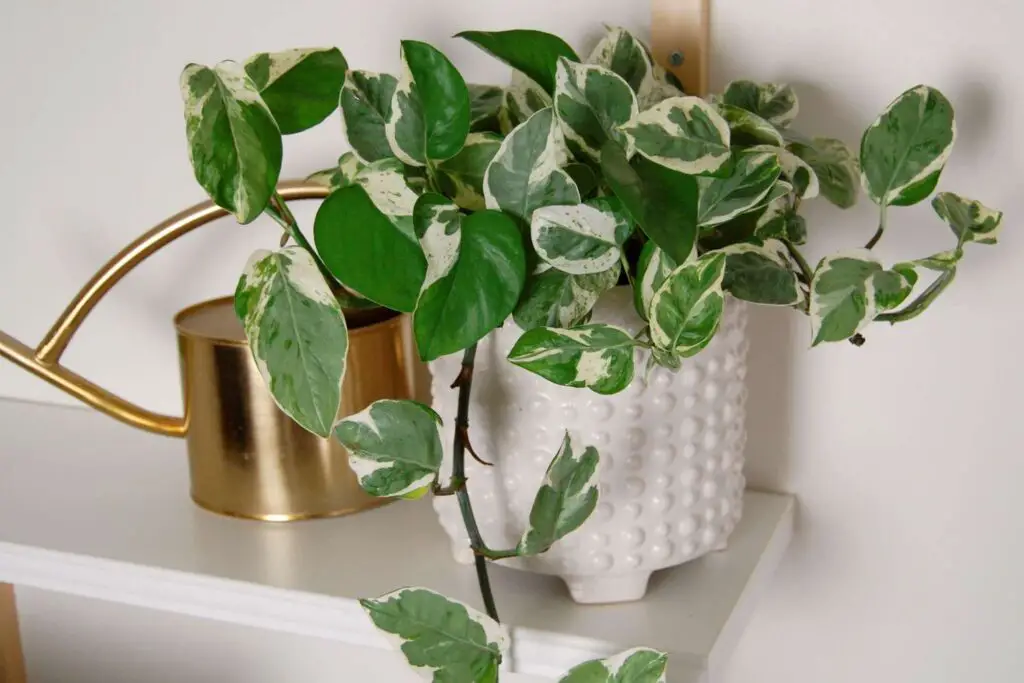
Pothos plants are often celebrated as beginner-friendly, but the Pearls and Jade variety can be more finicky than its counterparts. This plant requires just the right balance of light to maintain its variegated appearance.
Too much direct sunlight can scorch its leaves, while too little light can cause the white variegation to fade.
Pearls and Jade pothos also prefer consistent watering. Allowing the soil to dry out completely or overwatering can lead to problems like yellowing leaves or root rot. Compared to other pothos varieties, this one is less forgiving of environmental changes.
While it’s a beautiful plant, the extra effort to maintain its unique look may not be worth it for everyone. If you’re a beginner or prefer a low-maintenance option, consider sticking with classic golden pothos instead.
6. Polka Dot Plant
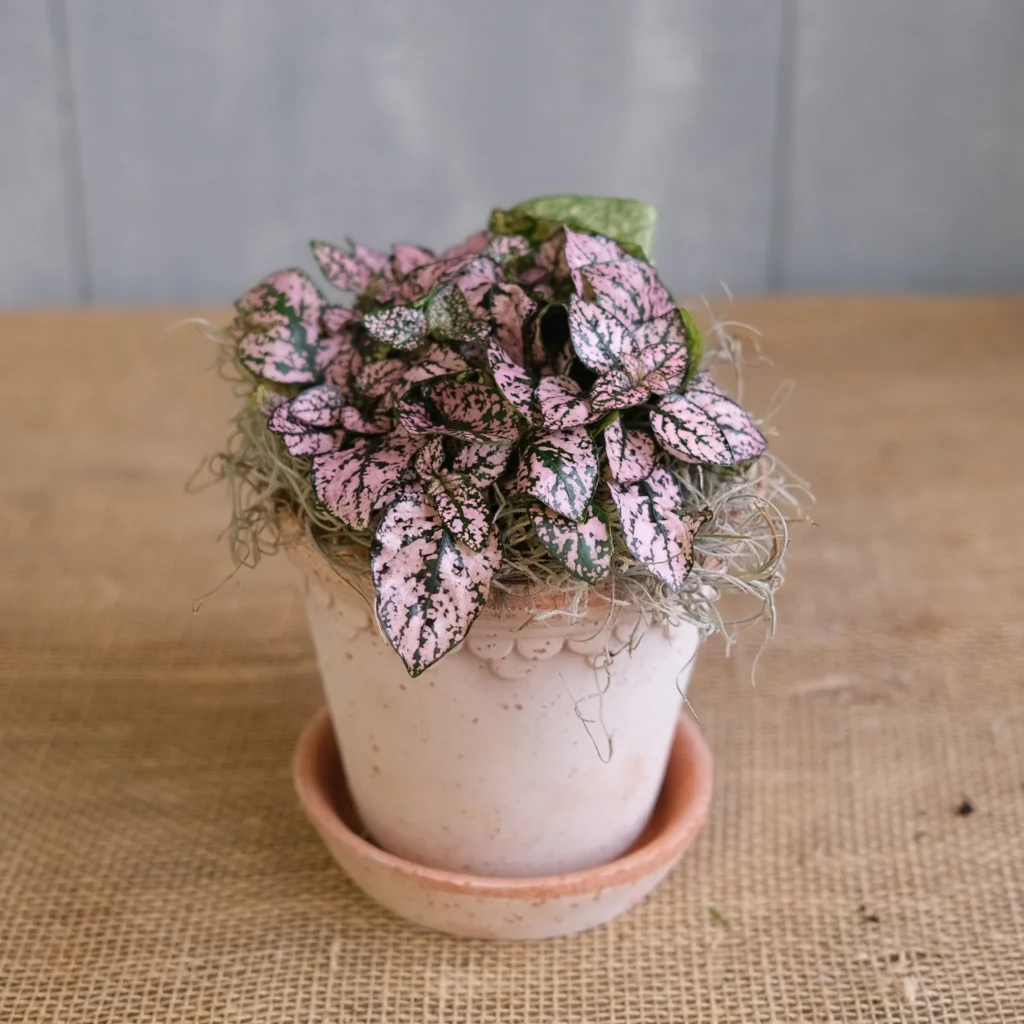
The polka dot plant is adored for its colorful, speckled leaves. However, it can be a challenge to keep it looking its best. This plant thrives in high humidity and requires consistent watering to prevent its foliage from wilting or turning brown.
Polka dot plants also need regular pruning to maintain their bushy shape. Without enough attention, they can become leggy and lose their vibrant appearance. They’re fast growers, which means they may need repotting more often than other houseplants.
For those who don’t mind frequent care, the polka dot plant can be a rewarding choice. But for anyone seeking a low-maintenance plant, this one might not be the best fit.
7. Thai Constellation Monstera
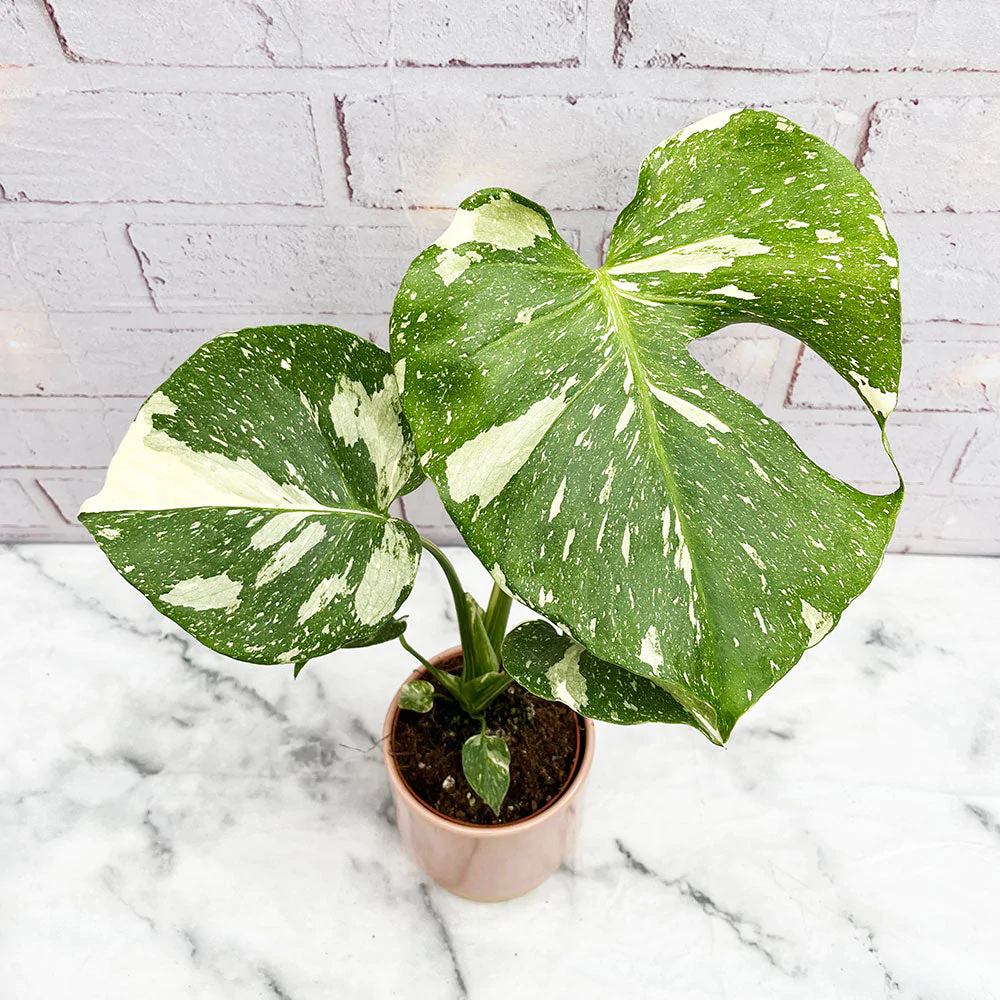
The Thai Constellation Monstera is a stunning and rare plant, but its beauty comes at a high cost—both financially and in terms of care. This variegated monstera requires bright, indirect light to maintain its unique patterns.
Too much direct sunlight can burn its leaves, while insufficient light can cause the variegation to fade.
The plant’s large leaves need regular cleaning to remove dust and maintain their health. Thai Constellations also require careful watering; overwatering can lead to root rot, while underwatering can cause the leaves to yellow and dry out.
Given its price and care requirements, the Thai Constellation Monstera is often better suited for experienced plant owners. If you’re new to houseplants, it might be worth waiting until you’re ready to take on the challenge.
Conclusion
Houseplants can bring joy and beauty to your home, but it’s important to choose plants that match your lifestyle and level of experience. While the plants on this list are undeniably attractive, their care requirements can make them more trouble than they’re worth for many indoor gardeners.
By understanding the needs of these popular but demanding plants, you can make informed decisions and set yourself up for success in your plant journey. Whether you’re a beginner or a seasoned enthusiast, there’s a perfect plant out there for you—it just might not be one of these.
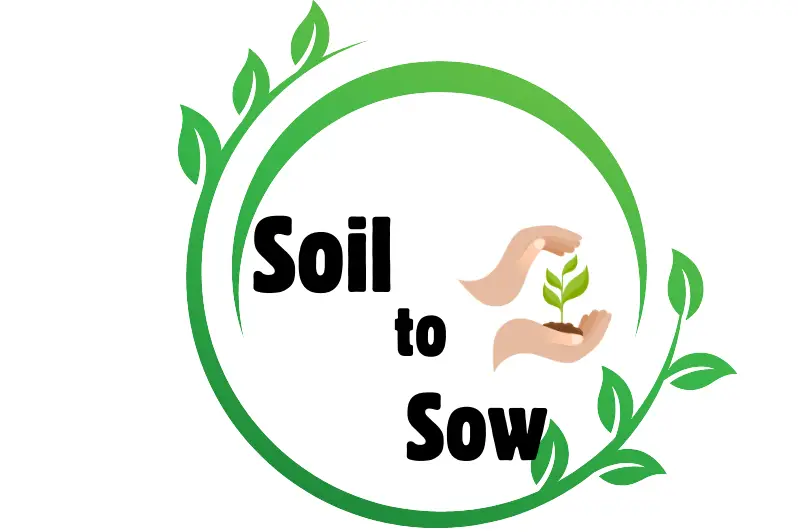
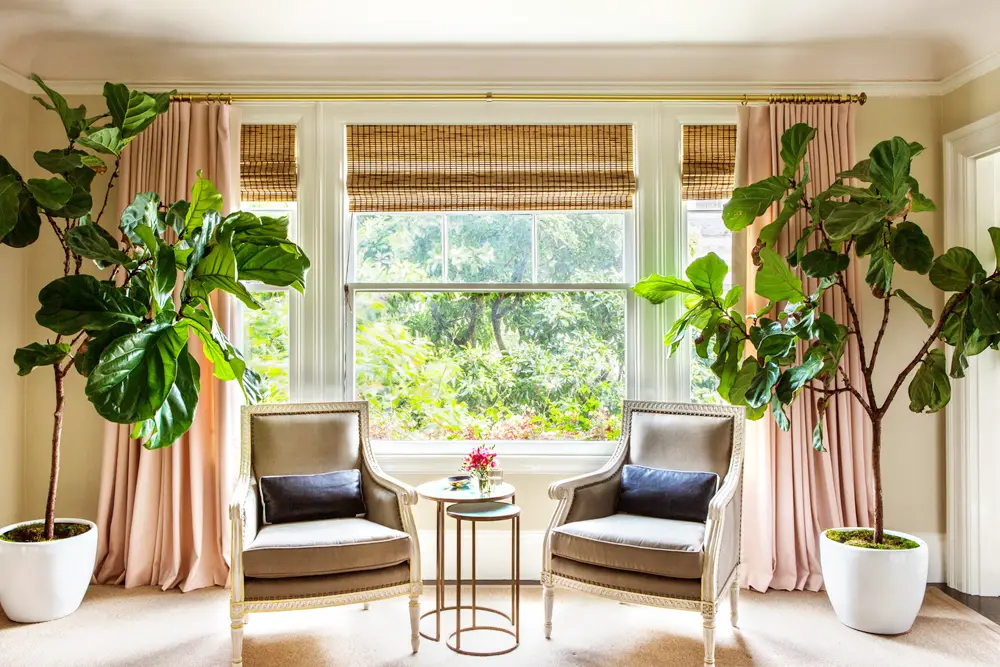
2 thoughts on “7 Overrated Houseplants That Can Be Hard to Keep Alive”